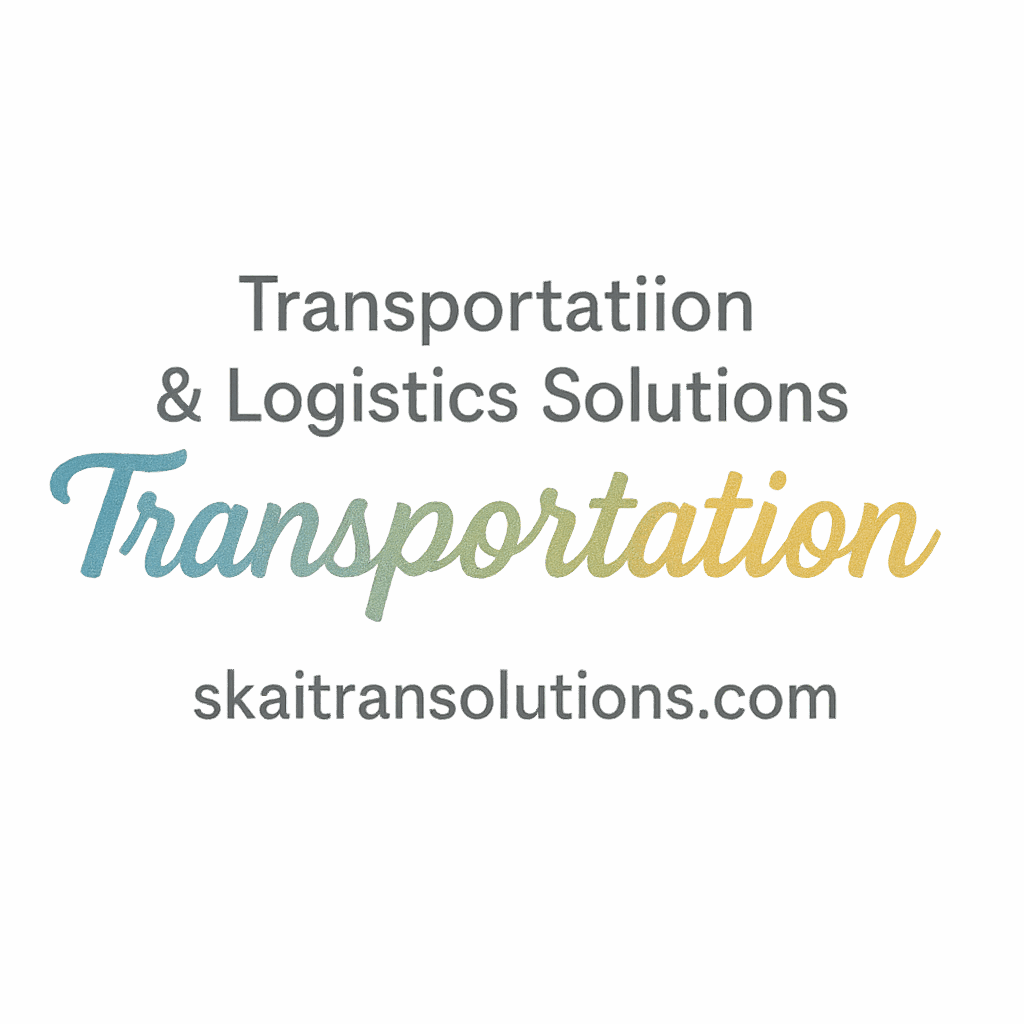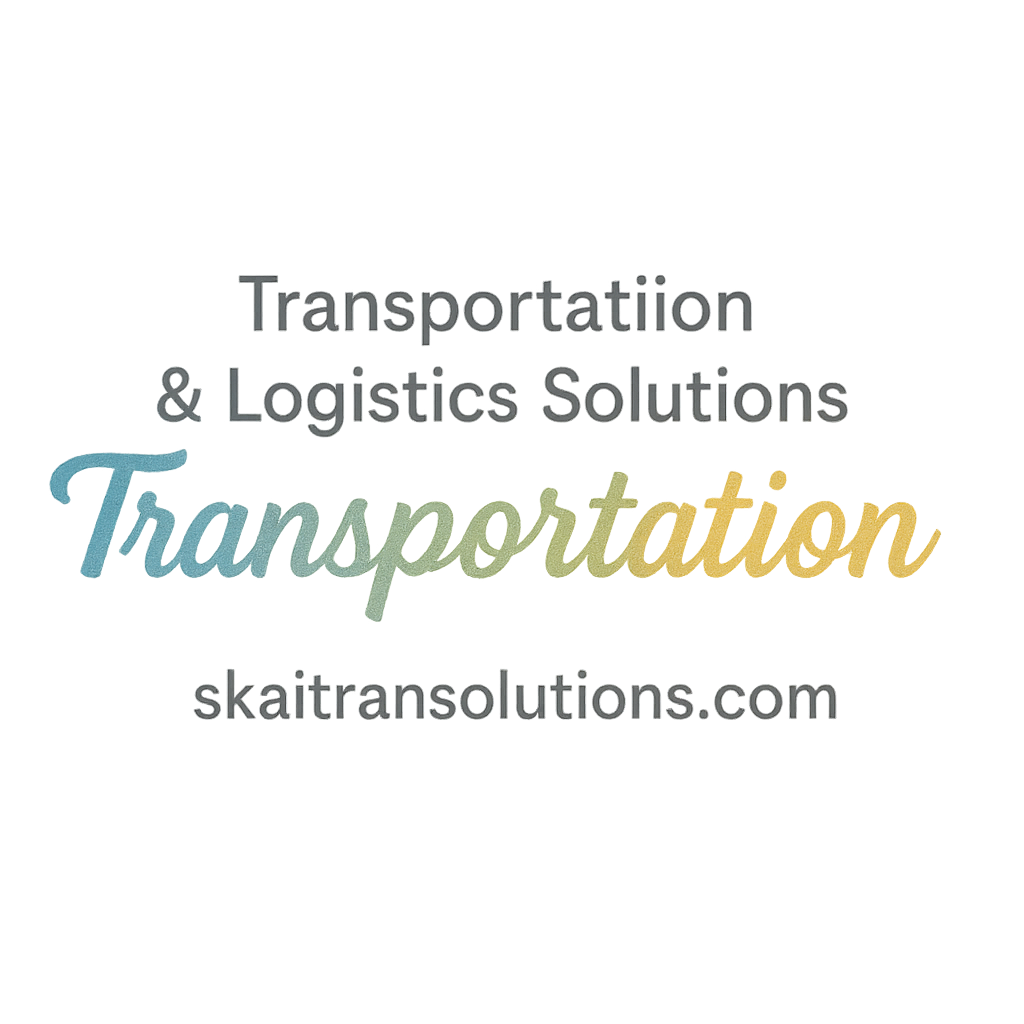Introduction
Ever feel like your transportation systems are stuck in the slow lane while your competitors zoom ahead with agile, scalable operations? You’re not alone.
In a world where change is the only constant, transportation flexibility and scalability aren’t just buzzwords—they’re survival tactics. Whether you’re a logistics manager, fleet operator, or supply chain strategist, upgrading your transportation capabilities can drive performance, reduce costs, and future-proof your entire operation.
This article dives deep into six powerful strategies to help you enhance flexibility and scalability in transportation. Let’s hit the road!
Understanding Transportation Flexibility & Scalability
What Is Transportation Flexibility?
Transportation flexibility refers to your ability to adjust quickly and efficiently to changes in demand, routes, capacity, or external disruptions. It’s like being able to pivot on a dime during a tight delivery schedule or reroute freight when a highway shuts down unexpectedly.
What Does Scalability Mean in Logistics?
Scalability is your system’s ability to grow—or shrink—based on business needs. Imagine scaling your fleet for seasonal surges or expanding to new markets without a complete infrastructure overhaul. That’s scalability in action.
Learn how leaders are adopting this mindset by visiting Operational Best Practices from SkaiTran Solutions.
Why Flexibility and Scalability Are Crucial in Transportation
Adapting to Market Fluctuations
With rising fuel costs, changing regulations, and evolving customer expectations, being rigid is a recipe for disaster. Flexibility lets you pivot your transportation strategy without missing a beat.
Preparing for Future Growth
Businesses scaling without scalable logistics often find themselves stuck. Whether it’s onboarding new clients or entering new regions, flexibility and scalability ensure you’re ready.
Meeting Diverse Customer Needs
Today’s customers expect same-day shipping, live tracking, and hassle-free returns. Achieving that means you must be both flexible and scalable—no exceptions.
Check out insights on Customer Experience & Safety to better align with customer expectations.
1. Embrace Technology-Driven Solutions
Leveraging Transportation Management Systems (TMS)
A robust TMS automates route planning, consolidates shipments, and streamlines communication across your network. It’s like giving your logistics operation a GPS for efficiency.
Explore more at Transportation Technology Innovation.
Investing in AI and Predictive Analytics
AI can forecast demand patterns, optimize capacity planning, and even alert you before issues arise. Predictive analytics is like weather forecasting—but for freight.
Utilizing IoT for Real-Time Visibility
With IoT sensors, you get live data on vehicle location, temperature, and cargo status. It transforms your fleet from blind movers to intelligent agents.
Don’t miss our thoughts on Innovation and Vehicles.
2. Diversify Transportation Modes
The Power of Multimodal Logistics
Multimodal strategies combine road, rail, air, and sea transportation to meet diverse needs. If one mode fails, others can pick up the slack—talk about backup plans!
Reducing Dependency on Single-Mode Carriers
Relying on one mode is like putting all your eggs in one truck. A mix of carriers reduces vulnerability and improves flexibility.
Visit Logistics & Supply Chain Solutions for actionable guidance.
3. Build Stronger Carrier Relationships
Flexible Contract Agreements
Short-term and spot rate contracts help you adjust to rapid changes in capacity needs. Think of it as dating your carriers before committing long-term.
Partnering with 3PLs for Scalability
Third-party logistics providers offer resources you may lack—warehouses, trucks, labor. Partnering with a 3PL turns scalability into plug-and-play logistics.
Relevant tags include Strategy and Supply Chain.

4. Optimize Supply Chain Design
Decentralized vs Centralized Warehousing
Having one mega-warehouse may cut costs—but what about service speed? Decentralizing allows you to be closer to your customer, slashing delivery times.
Aligning Network Design With Demand
Route optimization, proximity to suppliers, and cross-docking are all tools to design a responsive supply chain.
Refer to Transportation Industry Insights for deeper strategies.
5. Prioritize Data-Driven Decision-Making
Monitoring KPIs and Metrics for Performance
Track metrics like delivery time, on-time rate, and fuel consumption to spot inefficiencies. Consistent monitoring leads to consistent improvement.
Explore more via KPIs, Metrics, and Performance.
Scenario Planning with Big Data
Using data to simulate demand surges or route blockages allows you to plan for the unexpected.
Analytics is the GPS of the future—don’t drive without it.
6. Invest in Scalable Infrastructure
Fleet Expansion and Autonomous Vehicles
Adding electric or autonomous vehicles doesn’t just scale operations—it also shows commitment to innovation and sustainability.
Check the future of Autonomous transportation here.
Sustainable Growth Through Smart Investments
From software to warehousing, invest where scalability matters most. Don’t just grow—grow smart.
For budget-friendly solutions, visit Cost Reduction.
Challenges to Expect and Overcome
Regulatory Compliance
With evolving transportation laws and insurance requirements, staying compliant while scaling can be tricky. Visit Compliance and Insurance for insights.
Budget Constraints and Risk Factors
Not every business has a million-dollar logistics budget. Start small, scale responsibly, and mitigate risk early.
Future Trends in Transportation Flexibility
The Rise of Autonomous Solutions
Autonomous trucking is not a distant dream—it’s already hitting highways. These solutions are redefining fleet scalability and reducing reliance on drivers.
Next-Gen Innovation in Logistics
From drone delivery to blockchain tracking, innovation will continue to power logistics.
Stay updated on Transportation and Innovation.
Conclusion
Transportation flexibility and scalability aren’t optional—they’re essential. Businesses that fail to adapt will fall behind. But if you follow these six steps—embracing technology, diversifying modes, building relationships, optimizing design, making data-driven decisions, and investing smartly—you’ll set yourself up for long-term success.
Remember, transportation isn’t just about moving goods—it’s about moving your business forward. 🚚💡
For expert help, check out SkaiTran Solutions and see how their tools and insights can transform your operations.
FAQs
1. What is the main benefit of transportation flexibility?
It helps businesses adapt quickly to changing conditions, like delays, demand spikes, or route changes.
2. How does a TMS enhance scalability?
A Transportation Management System automates processes, optimizes routes, and scales with your business needs.
3. Can small businesses afford scalable logistics systems?
Absolutely! Start with affordable tools and partner with 3PLs to minimize upfront costs.
4. What’s the difference between flexibility and agility in transportation?
Flexibility is about having options; agility is about how quickly you can use them.
5. Are autonomous vehicles a realistic option today?
Yes, especially for companies aiming for long-term scalability and innovation.
6. How do KPIs help improve transportation operations?
Tracking KPIs helps identify bottlenecks and opportunities for improvement, ensuring smarter decisions.
7. Where can I learn more about flexible transportation strategies?
Visit SkaiTran Solutions’ Transportation Insights and explore their rich library of logistics resources.


